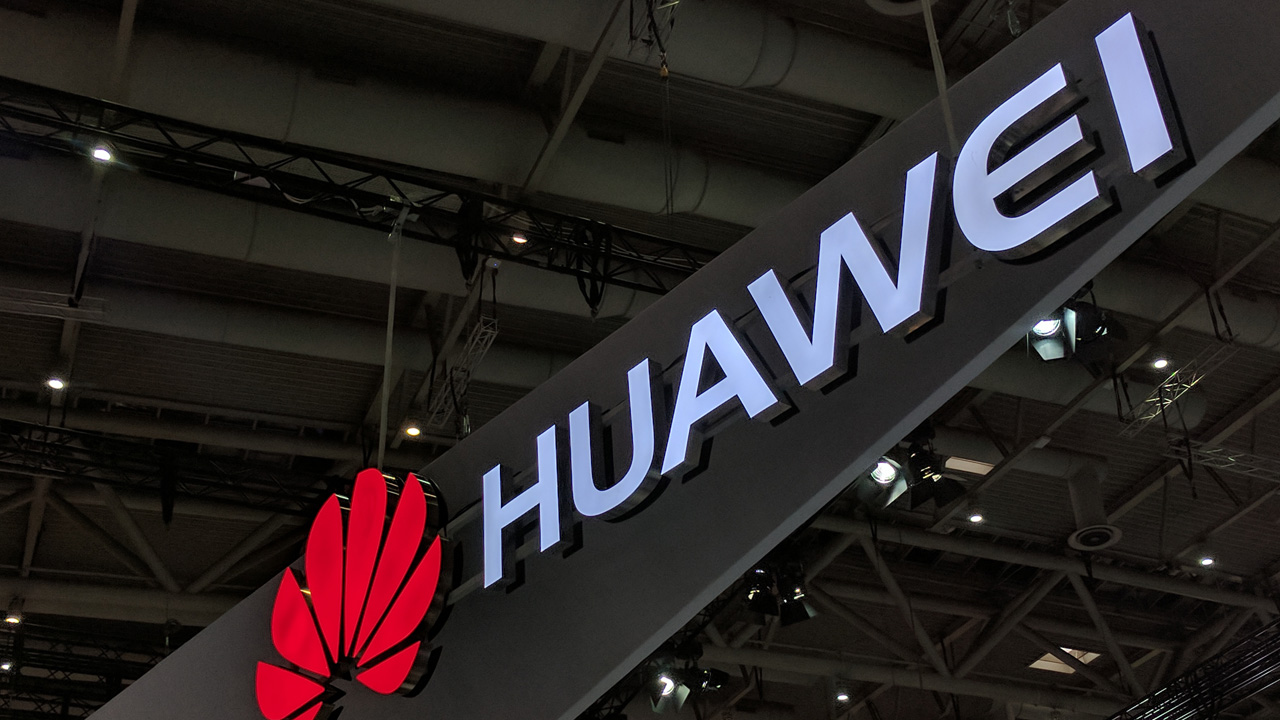Huawei unveils Mate 30 Pro: Great camera, battery; but no Google Apps
Can Huawei really go it alone with top-of-the-line smartphone production without Gmail, Google Maps, Chrome browser, or Google Play Store? I guess we’ll find out soon, but the prospects are a bit uncertain. Huawei is optimistic, which is perhaps the only thing going for the Chinese high-tech company as of now. Last week Thursday in […]

Can Huawei really go it alone with top-of-the-line smartphone production without Gmail, Google Maps, Chrome browser, or Google Play Store? I guess we’ll find out soon, but the prospects are a bit uncertain. Huawei is optimistic, which is perhaps the only thing going for the Chinese high-tech company as of now. Last week Thursday in Munich, Germany, the company unveiled the Mate 30 and Mate 30 Pro smartphones.
To be sure, Huawei can truly boast of one of the best camera features in the planned release, and the battery life will trump that from its competitors (Apple’s iPhone 11 Max or Samsung’s Galaxy S10 Plus). Whereas Apple made a big deal with the three cameras on the back of iPhone 11 Max released two weeks ago, Huawei is promising “four” cameras on the back of Mate 30 Pro. Note that the Mate 30 Pro and iPhone 11 Max both have 3 cameras. The “fourth” camera in the case of the Mate is a 3D depth sensor, which Huawei refers to as a Time-of-Flight sensor. Though this is a good feature to have, it is not the first in the industry. Moreover, the Mate 20 Pro and P30 Pro, also developed by Huawei, have it.
May be Apple has some catching-up-to-Huawei to do as far the camera is concerned, though some industry experts don’t think there is a clear winner on the camera. They say the camera capabilities are quite close, as both pack triple-camera systems. The Mate 30 Pro has a 40-megapixel (MP) wide, a 40-megapixel ultra-wide, and an 8-megapixel telephoto lens, and is additionally assisted by the depth sensor. By contrast, the iPhone 11 Max has three 12-megapixel sensors, which, respectively, consist of a wide, ultra-wide, and a telephoto. The ultra-wide sensor in iPhone 11 Max is said to be the first of its kind in an iPhone. Note that Samsung Galaxy S10 Plus also has 3 rear cameras (12 MP, 12 MP, and 16 MP). The front camera (for selfies) are 32 MP, 10 MP + 8MP, and 10MP for Mate 30 Pro, Galaxy S10 Plus, and iPhone 11 Max, respectively. In terms of the display (screen), the iPhone 11 Max has a 6.5-inch display, while Huawei Mate 30 Pro’s dual-curved display is 6.53 inch. The display for Samsung Galaxy S 10 Plus is 6.4 inch.
For the chips, Huawei’s Kirin 990 powers the Mate 30 Pro, while the iPhone 11 Max runs on Apple’s proprietary A13 Bionic chip. Both are reportedly very fast, though Apple’s is judged to significantly faster. Samsung Galaxy S 10 Plus runs on the company’s Exynos 9 Octa 982 chip, which some geeks (techyorker.com) have reported is significantly slower than the Bionic. The iPhone 11 Max ships with Apple’s latest iOS 13, while the Huawei Mate 30 Pro will run the public-domain Android 10 (Q), without any of Google’s apps or services. Galaxy S 10 Plus runs Android 9 (Pie), with the full support of Google apps and services behind it.
The battery for Mate 30 Pro has a huge capacity – 4,500-mAh – when compared with iPhone 11 Max (4100 mAh) and Galaxy S10 Plus (4100 mAh). Huawei claims the battery in Mate 30 Pro will get you two days of heavy usage. The phone comes with a fast charger that the company says will get it from 0 to 70% battery in 30 minutes. It’s also compatible with a 27-Watt wireless charger that Huawei is bringing to market, which will reportedly charge the phone twice as fast as a standard charger. Reverse charging, which lets you use the Mate 30 Pro as a wireless charger for other devices, is supported. “The Mate 30 Pro 5G model will have the longest-lasting 5G battery and better 5G cooling system when compared to the Samsung Galaxy Note 10 Plus 5G,” Huawei said during the unveiling event. A Porsche Design Mate 30 Pro RS edition, which features a leather covering on the back of the phone and 512 GB of storage, was also unveiled.
Regarding availability, iPhone 11 Max will be on sale on 11 October 2019, while the release of Huawei Mate 30 Pro is not as certain, but the date is rumored to be 13 November 2019. Galaxy S 10 Plus already shipped in March of this year.
As you can see from the foregoing, Huawei’s Mate 30 Pro smartphone promises to be a very high-quality product, though the phone is not going to be cheap (at $1,216). The Mate 30 Pro 5G will start at $1,326, while the Porsche design will start at $2,318. Though cost is certainly an issue in terms of the potential market size, Huawei’s immediate problem majorly concerns the lack of access to Google apps and Google services. Imagine a smart phone without Gmail, Google Maps, Chrome browser, Google Play Store, Apple Store, and so on. This is undoubtedly going to be a tremendous challenge for customers, and a make-or-break moment for Huawei, as far as the non-Chinese market space is concerned.
If Huawei is lucky and the new smartphone products – sans Google apps and services – succeed, the company might as well be on its way to realizing its vision of becoming the largest manufacturer of smartphone in the world. If customers balk, on the other hand, Huawei will have to head back to the drawing board.
